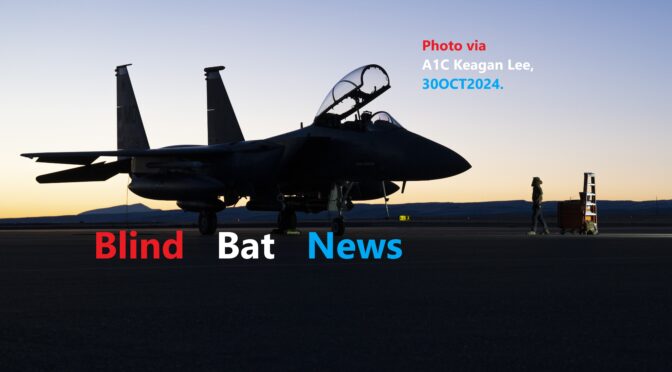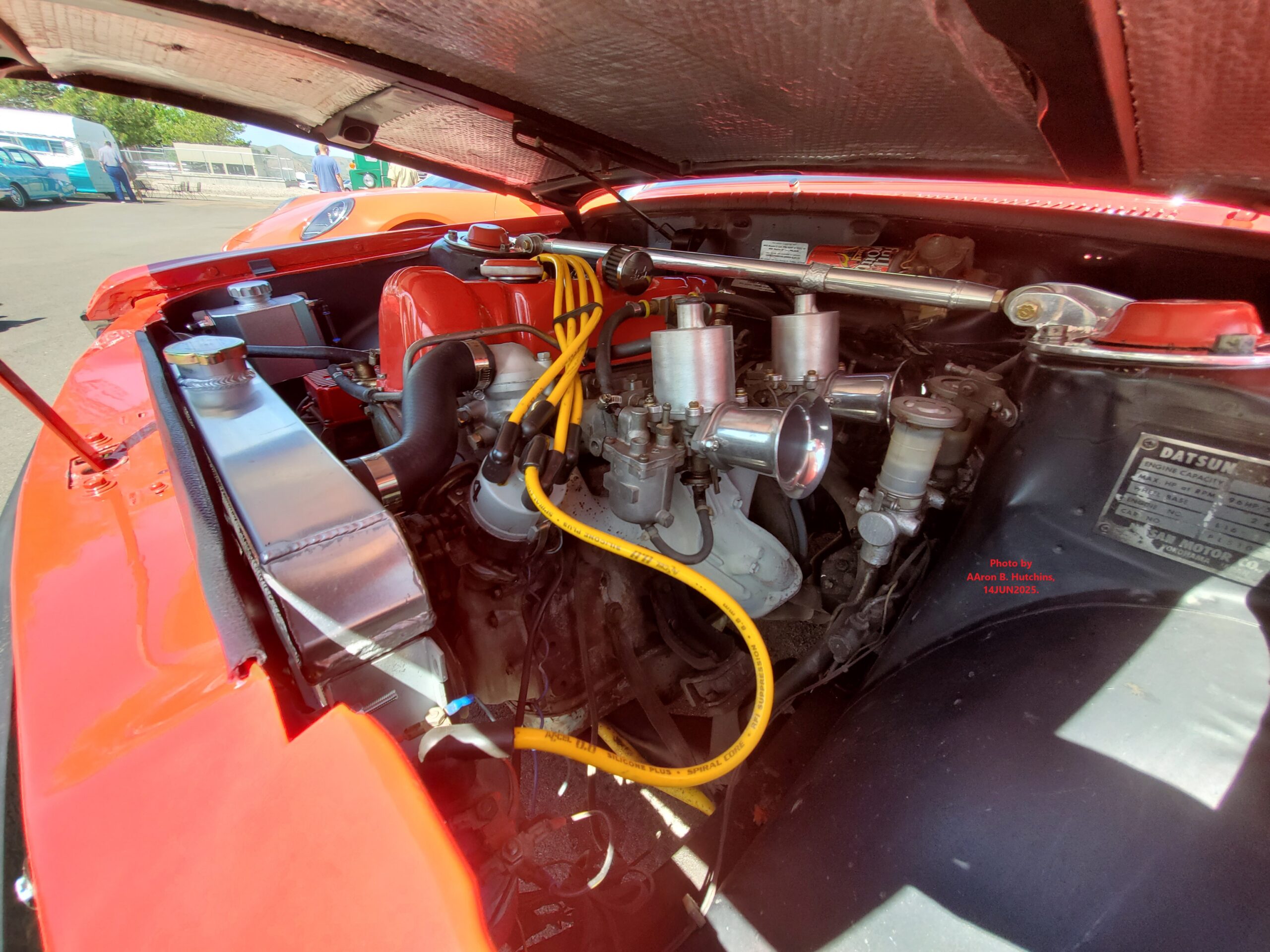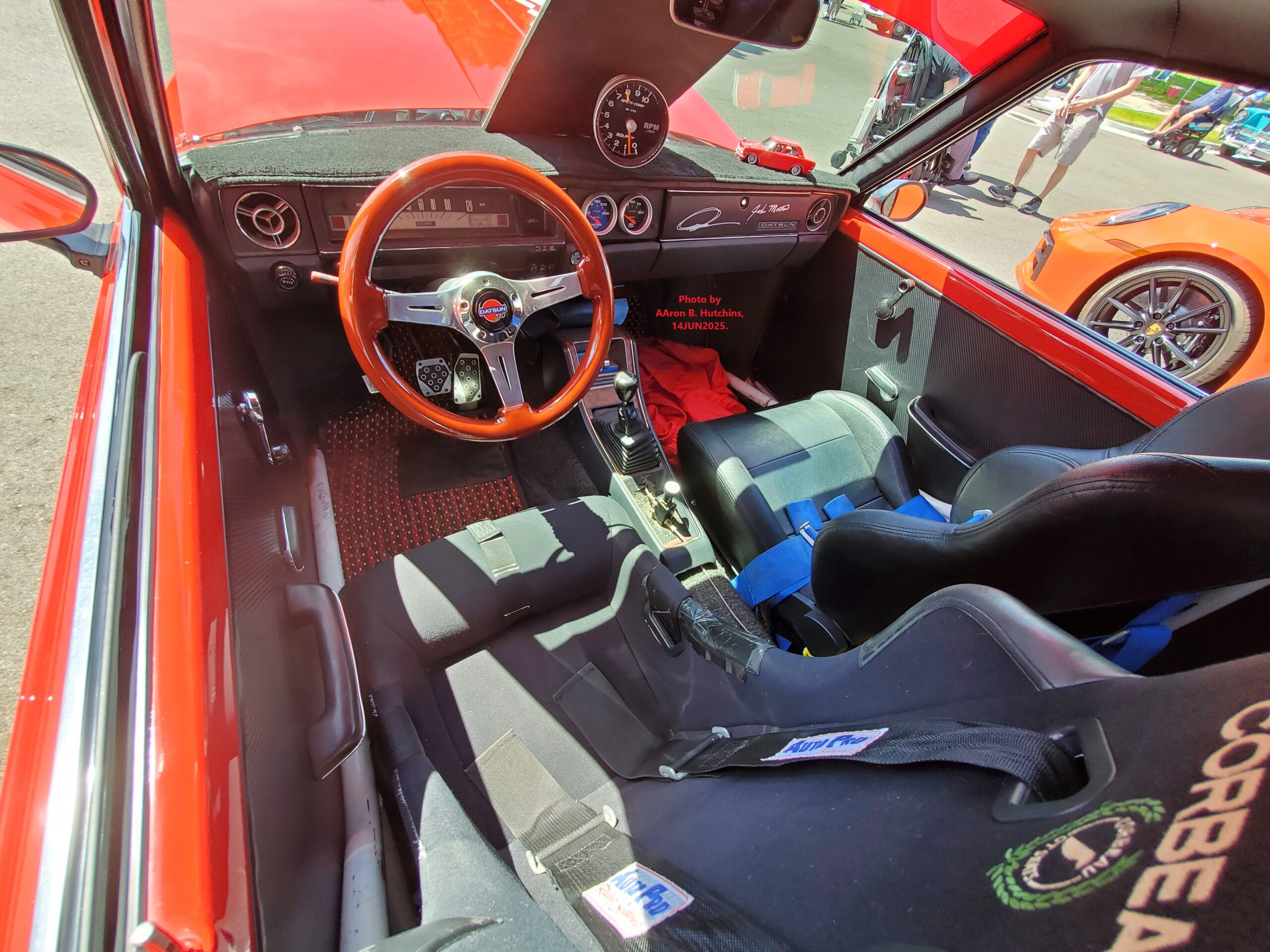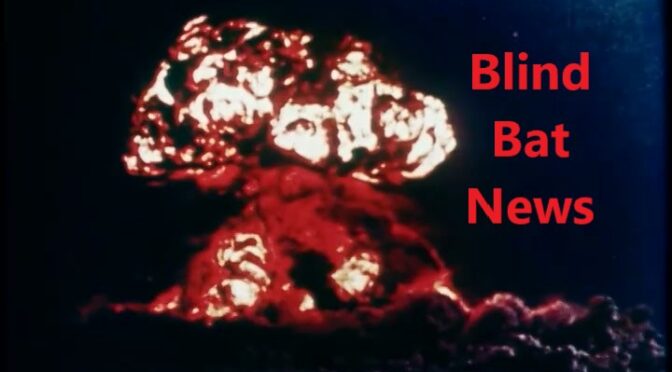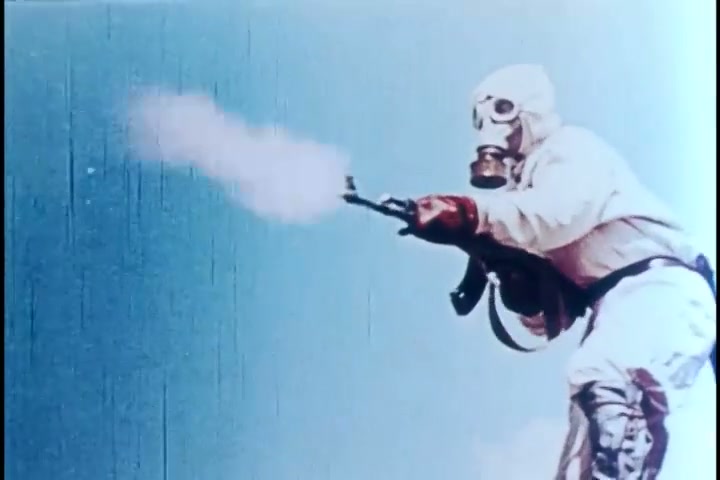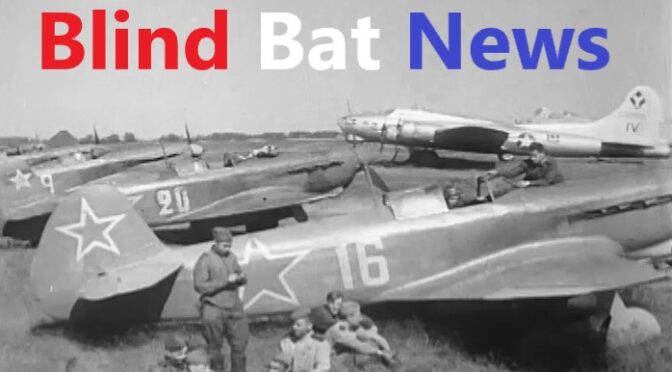In October 2024, the 391st ‘Bold Tigers’ Fighter Squadron (part of the larger 366th ‘Gunfighters’ Fighter Wing, based on Mountain Home Air Force Base, Idaho) used the Idaho Falls (IF) Regional Airport to conduct ‘combat turn’ training.
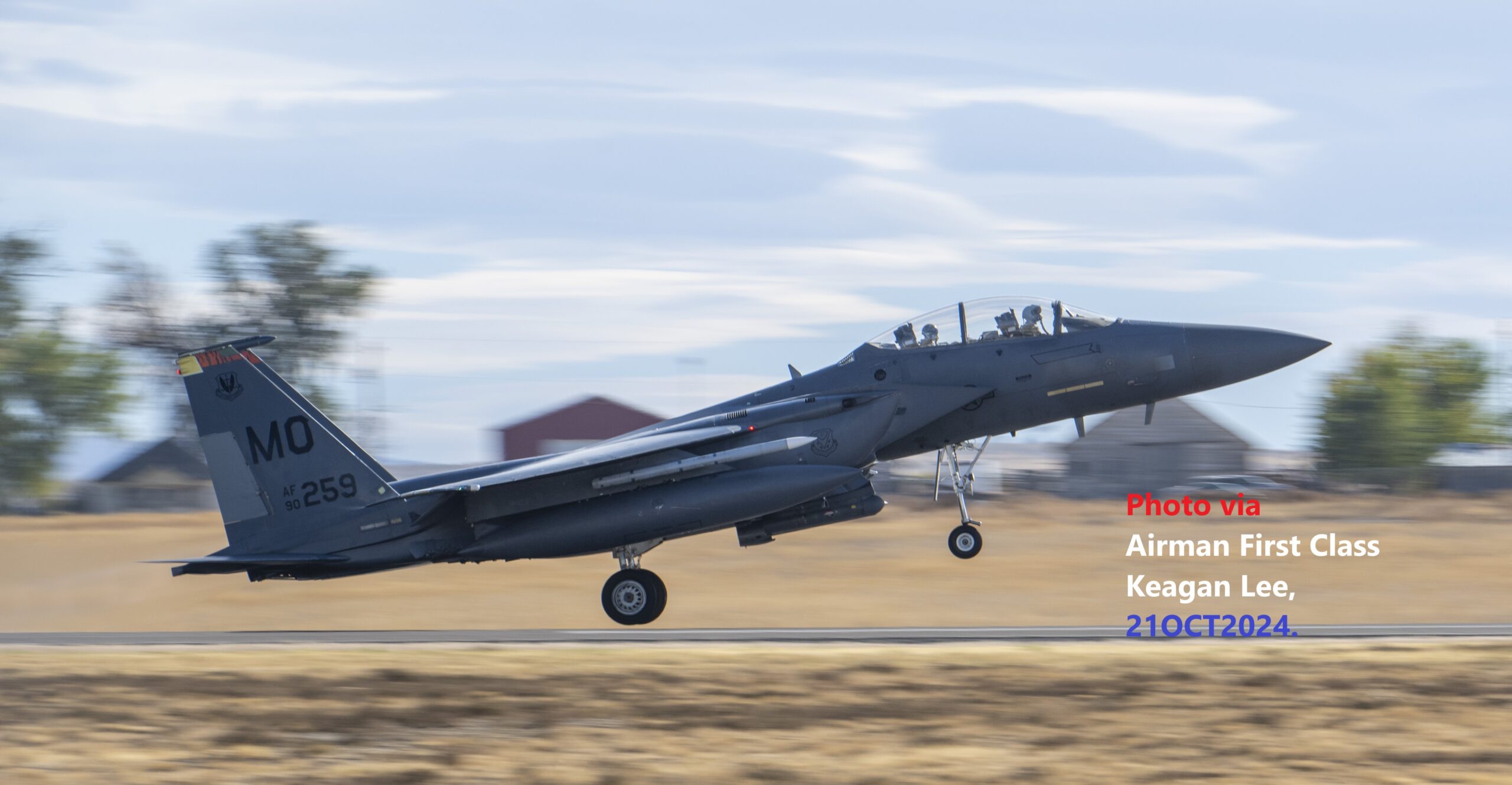
A Bold Tiger lifts-off from the Magic Valley Regional Airport in Twin Falls, Idaho, after undergoing maintenance.
The IF airport wasn’t the only place the Bold Tigers conducted their combat turns. The wargame called Raging Gunfighter takes place at various locations throughout the U.S. Mountain West, for approximately ten days.
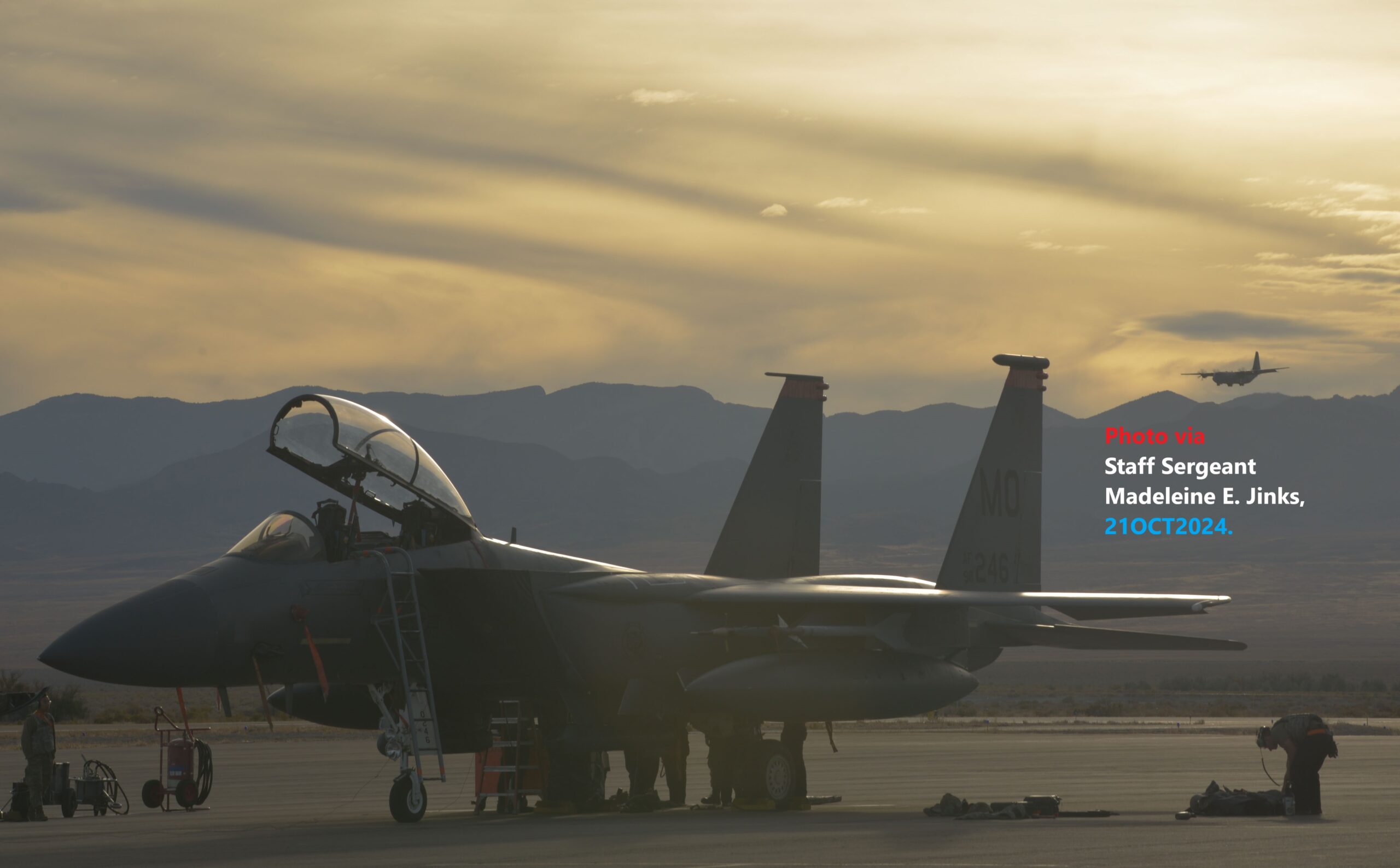
A Bold Tiger sits on the flightline of Wendover Airfield, Utah.
The scenario is worse-case; a ‘near-peer’ war (World War Three) has started and the F-15E Strike Eagle units must be able to deploy anywhere, as well as rearm and refuel upon landing then immediately take-off, this is known as a combat turn.

On Wendover Airfield, Utah, the 366th Civil Engineer Squadron was tasked with the hasty set up of a forward operating base, with 58 tents, 32 generators, 72 HVAC units, 36 showers, 36 latrines, plus attended to 96 work orders.
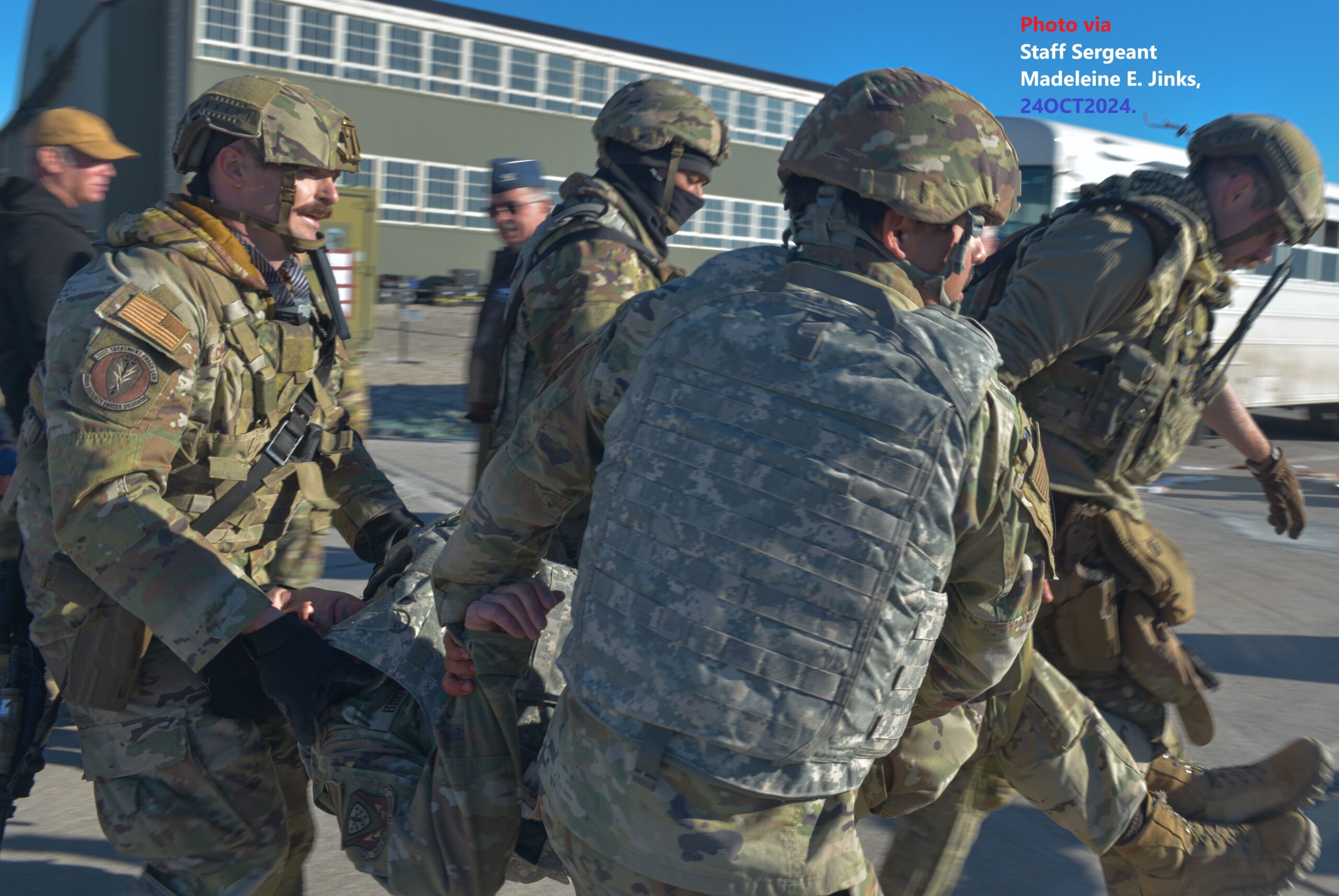
Also on Wendover, the 366th Security Forces Squadron conducted medical evacuation training.
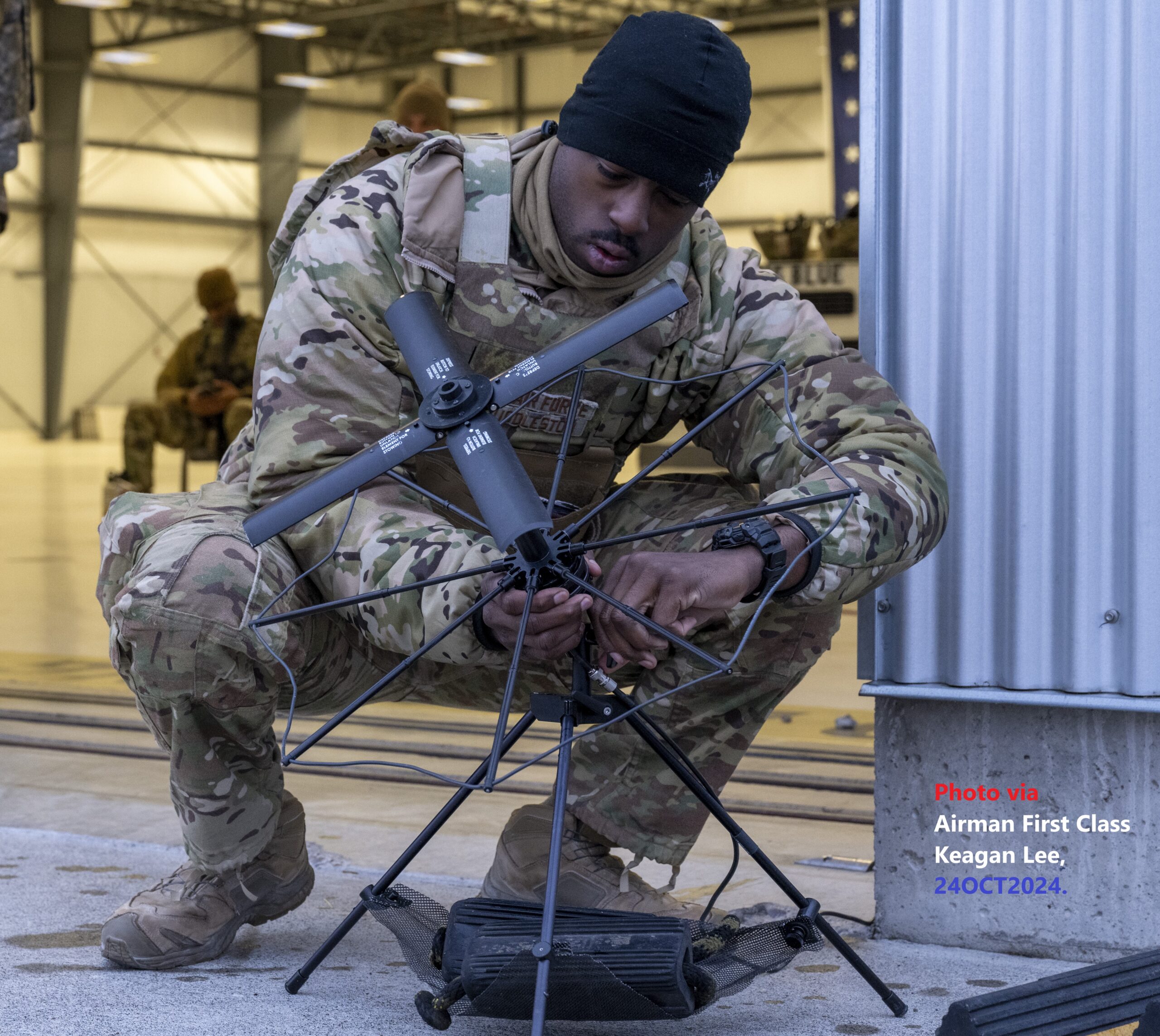
Back on the IF airport, the 366th Communications Squadron practiced with their PRC-117G satellite communicator.
Bold Tiger F-15E Strike Eagles took off from Mountain Home AFB (possibly Magic Valley Airport in Southern Idaho), in Southwestern Idaho (I edited from video released by the 366th FW):
The Bold Tigers flew their Strike Eagles to Eastern Idaho to conduct their combat turn training (I edited from video released by the 366th FW):
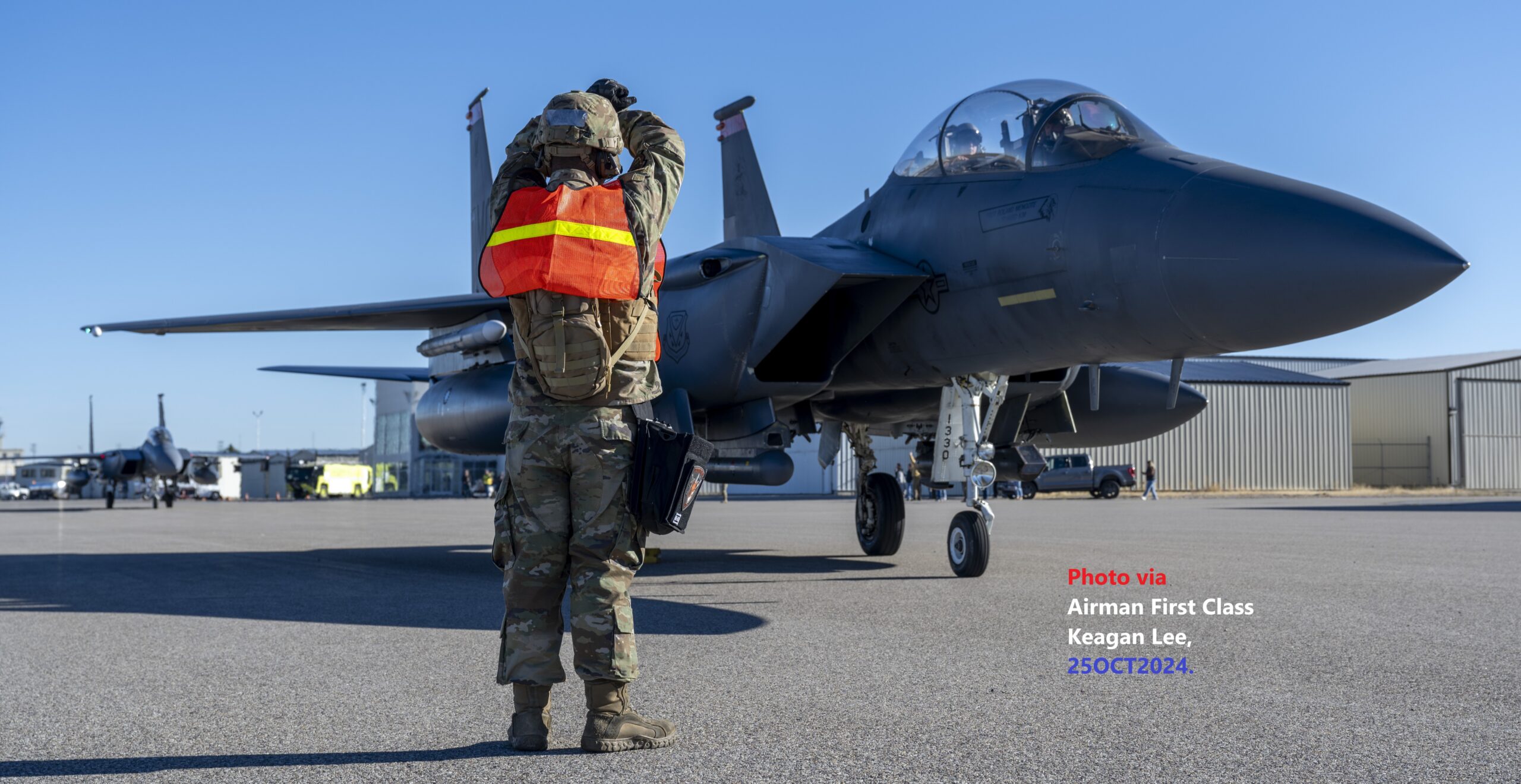
An Airman with the 391st FS (Bold Tigers) marshals an F-15E Strike Eagle on the Idaho Falls Regional Airport.
A C-130J Super Hercules was used to transport ground personnel and equipment (I edited from video released by the 366th FW):

Bold Tigers fly over the Magic Valley Regional Airport in Twin Falls, Idaho, as they head home to Mountain Home AFB.
December 2024: Idaho F-15Es over Syria
March 2024: Idaho’s Garrison Forward “…accepts more risk deliberately.”
July 2023: Idaho’s Bold Tigers invade Japan?
June 2023: USMC & Idaho Air Guard preps JTAC for ‘Near Peer’ fight! With China?
October 2022: Florida Talons over Idaho Mountains
January 2019: Location of missing Idaho F-15E Strike Eagles revealed?
September 2018: Mountain Home F-15E walk-around, Micron Bus
